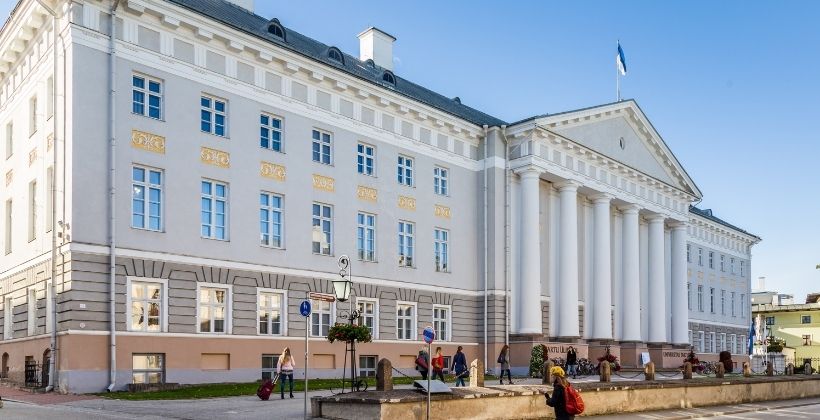Thriving Excellence-The Education System in Estonia!
The first monastic and cathedral schools in the 13th and 14th centuries gave birth to the present days' formal education system in Estonia. The oldest university in Estonia - the University of Tartu - was established by the Swedish king Gustav II Adolf in 1632. Today, the education system in Estonia has three parts: general, vocational, and hobby education.

4 Levels of the Education System in Estonia
Formally, the Estonian education system has four levels:
Preschool Education
Basic Education: It is compulsory education for students from grades 1 to 9. Children from age seven have to attend school.
Secondary Education: This level accommodates students from grades 10-12. Students can either enroll in general school or vocational training.
Higher Education: Higher education starts after a student completes grade 12. Here, a student can choose to study at an applied higher education or an academic higher education. Academic higher education streams are bachelor's, master’s, and doctoral studies. These institutions can be public or private. At present, there are six public universities in Estonia.
Higher education in Estonia is also known as cycles. Following the Anglo-Saxon bachelor–master model, the bachelor’s level studies form the first cycle and master’s level studies form the second cycle.
Level I – Bachelor`s degree bakalaureusekraad (3-4 years)
Level II – Master`s degree magistrikraad. (1-2 years)
Level III - Doctoral degree doktorikraad(3-4 years)
Credit and Grading Scale of the Education System in Estonia
Credit System:
In Estonia, credit points (ainepunkt, or ECTS credit) are the means of measuring academic progress. ECTS means European Credit Transfer System. ECTS Credit points are calculated cumulatively based on the student’s workload. 1.5 credit points correspond to 40 hours or one week of studies performed by the student.
Credit points are not related to the lecturing or any other workload of a member of the academic staff. An average student’s normal workload during a full academic year would be forty weeks of studies adding up to 60 ECTS credit points. Credit points are only awarded for completed courses.
Grading System:
| Grade | Description |
|---|---|
| 5 or A | suurepärane / excellent |
| 4 or B | väga hea / very good |
| 3 or C | hea / good |
| 2 or D | rahuldav / satisfactory |
| 1 or E | kasin / sufficient |
| 0 or F | puudulik / insufficient |
The application process to study in Estonia:
Find a suitable program from Dreamapply Estonia.
Deadline Varies from university to university and program to program: As it changes continually, we cannot update it to our platform’s database. To find the deadlines of all the Programs offered to the universities in Estonia, please click here to know more.
Prepare all the documents necessary (find country-specific requirements from the university website if available): Educational transcripts, portfolio, essays, admission test, English language test, etc. Ph.D. in Estonia requires finding a suitable supervisor first and then submitting your application.
Apply through Dream Apply. You can apply for up to 2 programs in one university and up to 5 universities. So in total, you can apply to 10 programs with a single application.
Send necessary documents to your university before the deadline and confirm whether the authority receives your application on time.
Apply for a visa and temporary residence permit in Estonia.
Get excited and fly to attend your dream university.
Most Commonly asked questions
What is the admission process of Estonia?
The Estonian education system has an entrance examination, and it has a point system of 100 in undergraduate and Graduate Program. For example, high school grades may count as 60% and letter of motivation 40% in some universities.
What is the general time Estonian Universities take international students?
In the starting autumn (Class starting from the end of august), almost all university intake students except Estonian Business School take twice a year.

Cover Letter

Forwarding Letter

Student Financial Planning

Explanation Letter of Source of Fund

Explanation on previous Visa Rejection

